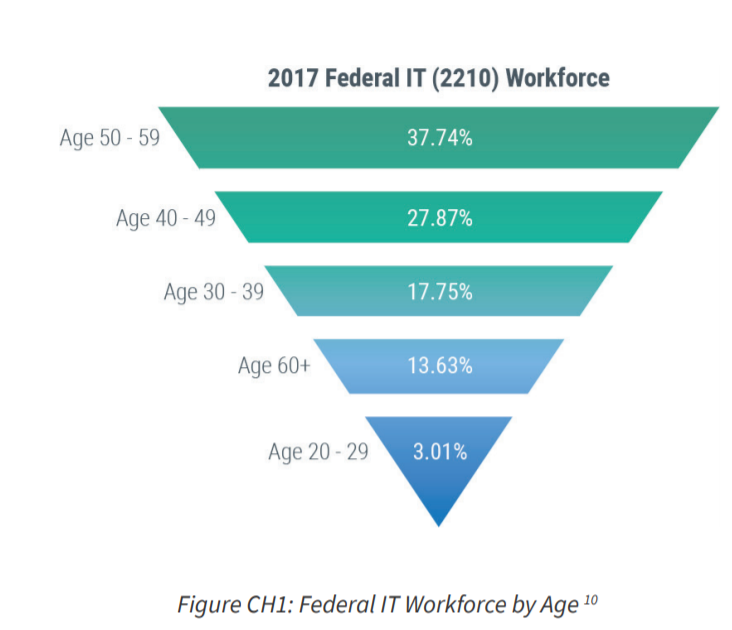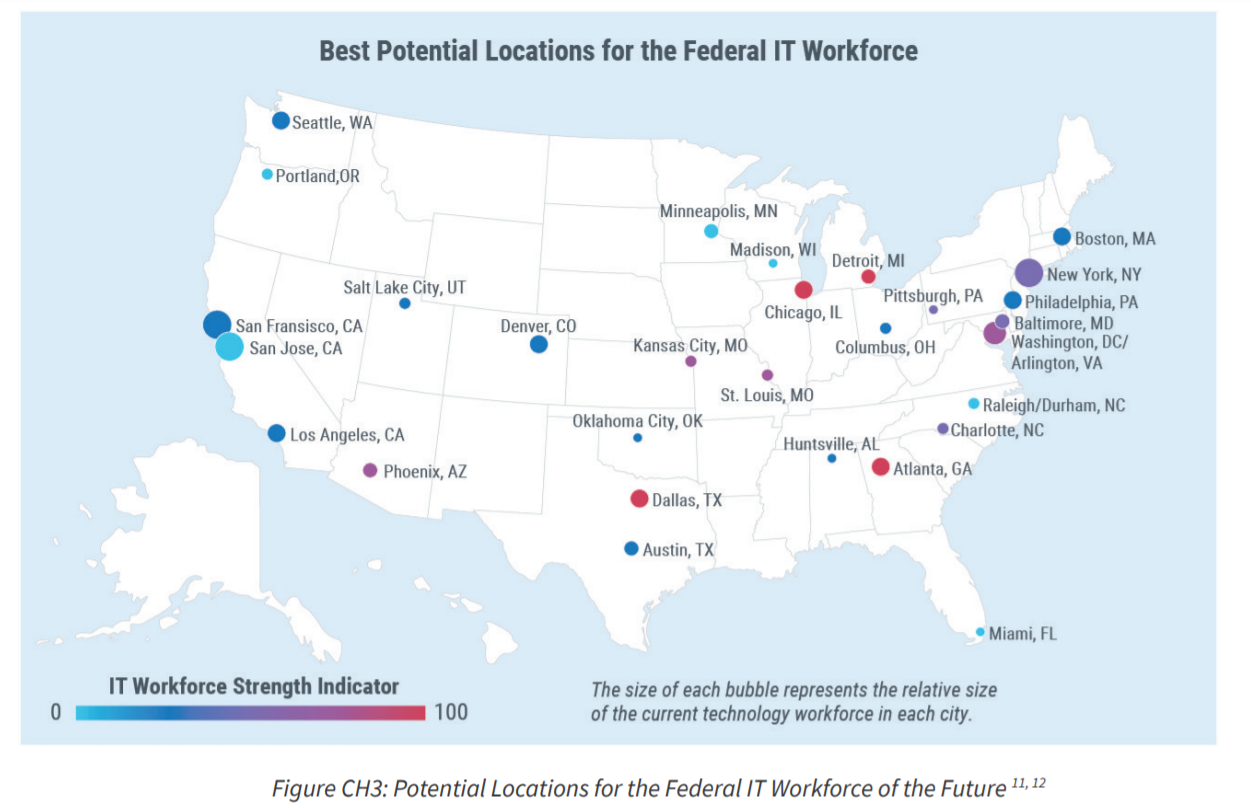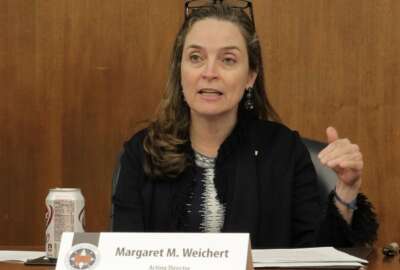
CIO Council recommends new pay system to better recruit, retain future federal IT workforce
The Chief Information Officers Council has 10 recommendations to better recruit, retain and reskill the federal IT workforce of the future.
The Chief Information Officers Council says government needs a special pay and personnel system to better recruit, retain and compensate its IT workforce of the future.
The recommendation was one of 10 the council made in a recent update on the state of the federal IT workforce.
“The current General Schedule (GS) pay system is both unable to adapt to the pace of technological change and unable to meet the expectations of the new generations of IT workers,” the CIO Council said in its recent report. “While professionals in the mid-ranges of the GS scale perform well compared with their private sector counterparts, entry-level positions and senior executives lag behind in compensation. This makes it especially hard to recruit and retain top talent.”
While some agencies have seen some success with their own special pay authorities, the CIO Council said government should develop a comprehensive approach to compensating and promoting top IT talent to compete with the private sector.
The council interviewed two dozen CIOs, chief human capital officers, agency practitioners and private sector experts to inform their findings and perspectives on the federal IT workforce. Many suggestions — such as redesigning the recruitment and hiring process and training technical subject matter experts as project managers — are tried and true recommendations.
But others are relatively unique. The council, for example, suggested finding ways to compare federal IT workforce programs with comparable initiatives in the private sector. Specifically, the Bureau of Labor Statistics should explore the feasibility of collecting data on both the public and private sector IT workforce, the council said.
Existing reskilling pilots for IT federal employees should also expand, as should telework options, the council said.
“Government should leverage regional office and telework options to meet top IT professionals where they live,” the council wrote. “This will help attract the best IT talent, regardless of whether they want to relocate to Washington, D.C., and will make government work a more attractive option for shorter position terms.”
All of the recommendations play off several realizations the council made about the federal IT workforce.
The federal IT workforce, for example, is older than its private sector counterparts. Few young professionals will have the chance to enter government until an older cohort of IT specialists retires from the federal workforce, the council said.

The next generation of the federal IT workforce will likely be more diverse and interested in government efforts to maintain and improve diversity and inclusion, the council said. They’ll also be more interested in using open source and collaborative tools, and those platforms should give IT professionals more flexibility in where they physically work.
“Not only do workers want to have collaborative and secure workplaces, their expectations of where they work are also changing,” the council said. “With the ability to connect remotely across multiple places of work, individuals are seeking to perform work when and where they feel most comfortable.”
Government should consider expanding telework options to recruit and retain IT talent, but they should also consider allowing these professionals to stay where they’re already located, rather “than facing a potentially disruptive move away from friends and family or higher living costs in the Washington, D.C. metropolitan area,” the council said.

Given these factors, the CIO Council recommended government focus on recruiting and retaining a flexible IT workforce that can grow and evolve as agencies’ mission needs change.
But CIOs, CHCOs and IT practitioners referenced persistent recruiting and hiring challenges and the single most common barrier impacting their workforce management efforts.
Agencies are rarely using the competitive hiring process to recruit new IT professionals and are more often turning to special authorities to bring on top talent. In 2017, just 20% of all federal hires came from competitive public job announcements.
The lengthy hiring process and confusing job position descriptions are a turn-off for prospective IT applicants, and agencies aren’t likely attracting the best candidates for those reasons, the council said.
To improve their IT talent pipelines, agency executives agreed they needed to adopt private sector recruiting and hiring practices.
“Some of these best practices include creating common competency-based position descriptions; recruiting through commercial platforms, job fairs and hackathons; using a SME-based assessment process; and leveraging direct hiring authorities,” the council said. “Top agency officials, IT practitioners, and industry leaders all agree that the government will only meet future IT workforce needs by enacting a more holistic, enterprise-wide approach to reforming the competitive hiring process.”
In addition, current IT employees are easily discouraged by their own career mobility within the federal government, and many staying in the same positions longer than they would in the private sector. The median job tenure for federal employees in 2018, for example, was 8.3 years, compared to 3.8 years in the private sector.
But current IT employees should feel empowered to stay with their federal careers long enough to make a difference and advance professionally. Current and future IT employees want to work in a “modern office culture” and feel like they have training and career opportunities to advance.
“IT career mobility and flexibility should be improved by loosening the GS system’s time and grade restrictions, enabling industry rotation programs, and increasing opportunities for inter-agency detailing,” the council said.
Copyright © 2025 Federal News Network. All rights reserved. This website is not intended for users located within the European Economic Area.
Nicole Ogrysko is a reporter for Federal News Network focusing on the federal workforce and federal pay and benefits.
Follow @nogryskoWFED
Related Stories





